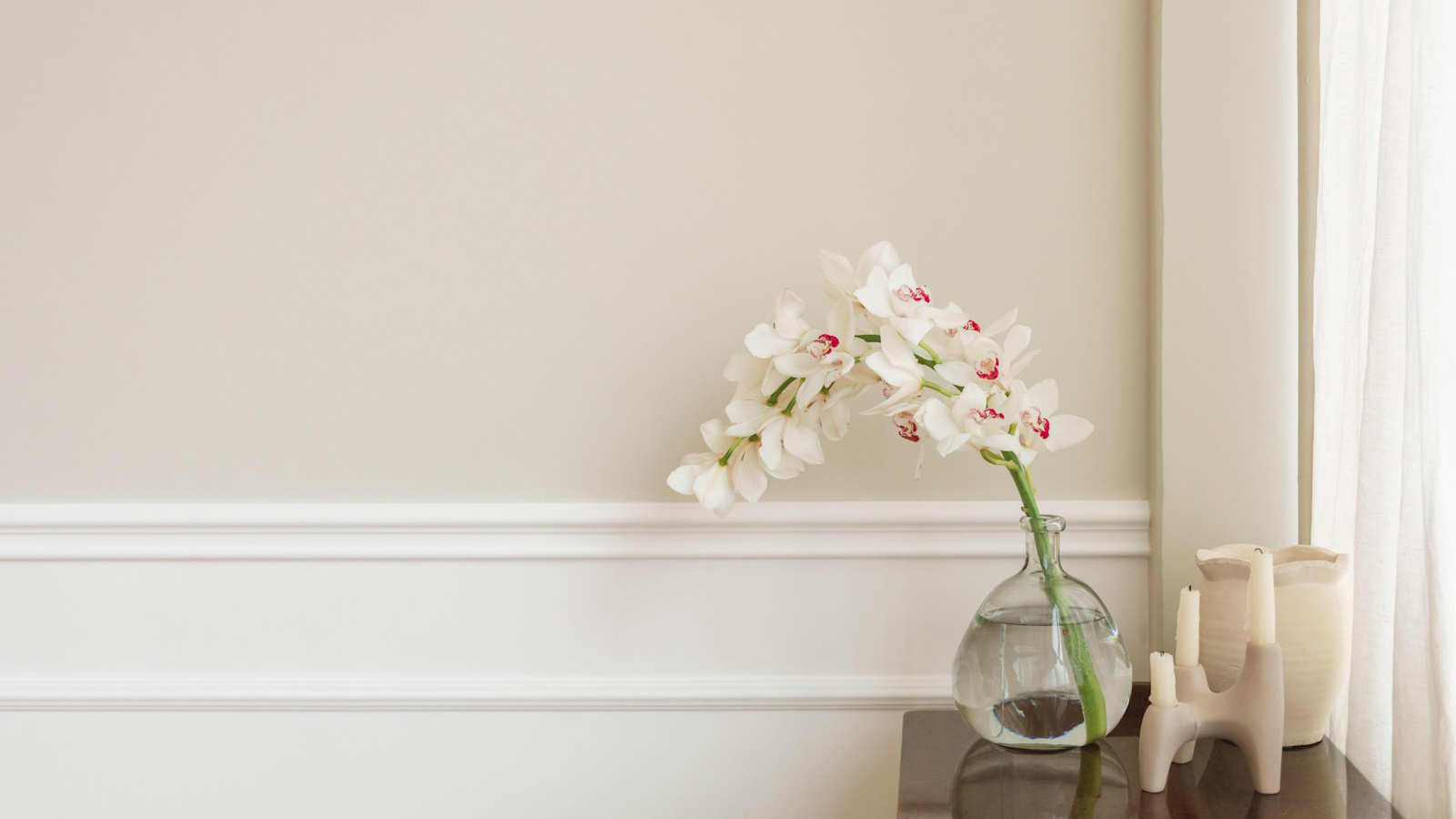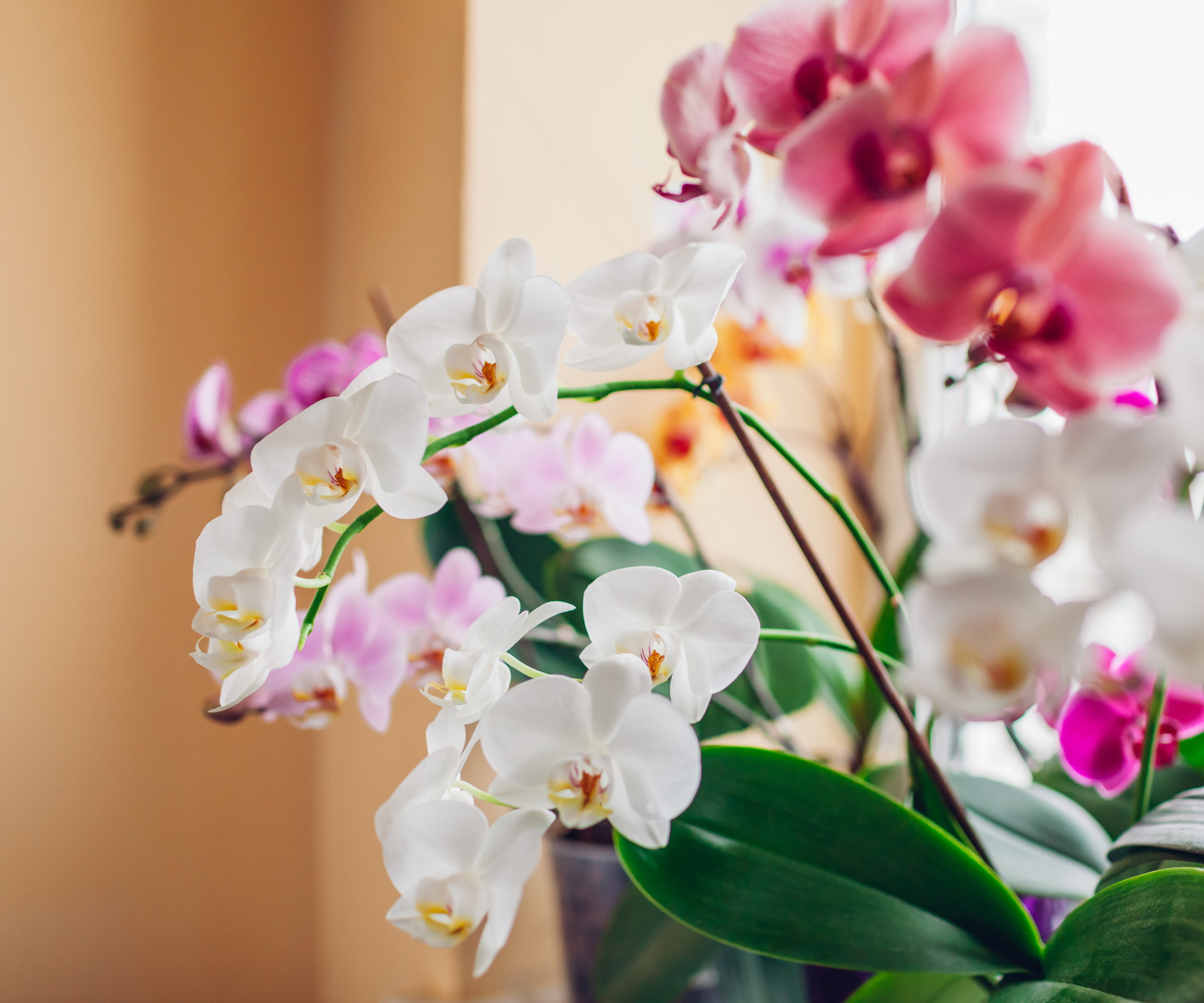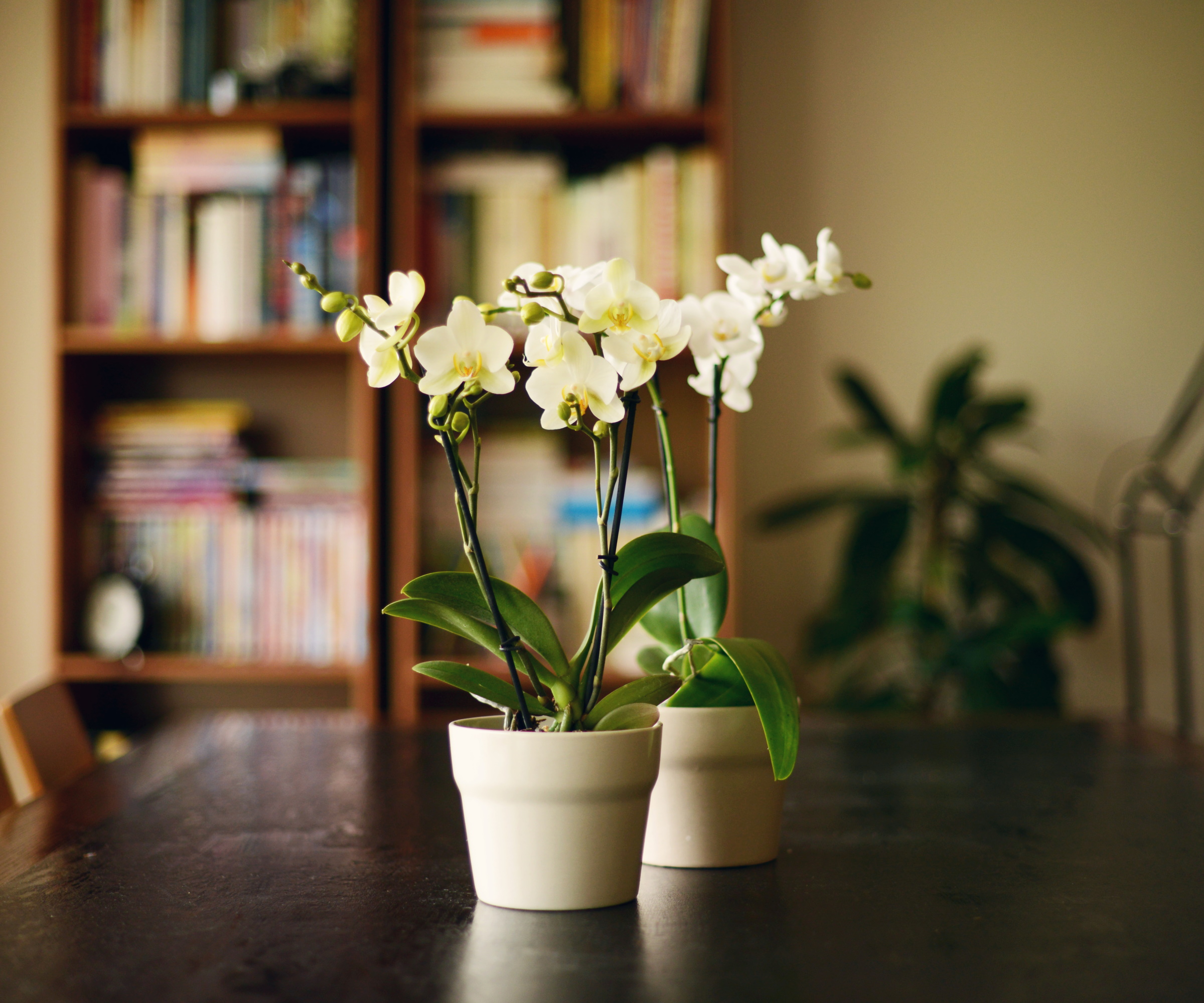How to make your own orchid fertilizer – a quick DIY with ingredients you likely already have at home
Your orchids will thank you for creating this nutrient-rich feed


My orchids are some of my most adored plants in my collection, but I have to admit it took some time to master caring for them. This includes figuring out how to best feed them to bring bigger, brighter blooms. That's why I now choose to use a homemade concoction that allows me to give these exotic blooms all the essential nutrients they need.
If you've tried caring for orchids before, you'll know just how specific their growing environment needs to be. When it comes to fertilizing orchids, the same applies. Too much fertilizer and you'll end up with a wilting orchid, the incorrect ingredients and you won't reap the rewards of feeding them. At the same time, a lack of fertilizer can sometimes hinder their ability to thrive.
While commercially available orchid fertilizers do offer the nutrients these indoor florals need, it can be much more rewarding to make your own orchid fertilizer. Plus, taking on this DIY approach allows you to alter the ingredients, depending on what your orchid needs.
An easy orchid fertilizer recipe

There are certain essential plant nutrients orchids need over others, and this impacts what you use to make your own orchid fertilizer:
'Orchids need nitrogen for new leaves, phosphorus to spark flowering, potassium for strong roots and immunity, plus small doses of magnesium and calcium for glossy, resilient growth,' explains Anup Mutalik, founder of House Plants Nook.
For this reason, I suggest using the following ingredients for a DIY orchid fertilizer recipe:
- Coffee grounds, for nitrogen
- Molasses (from Amazon), for potassium
- Rice water, for starch and energy
- Milk, for calcium
- Epsom salts (from Amazon), for magnesium
Whenever making my own houseplant fertilizer, or even making a potting mix for orchids, I find it's best to use a large mixing bowl. This mixing bowl from Walmart is a good size to work with.
Design expertise in your inbox – from inspiring decorating ideas and beautiful celebrity homes to practical gardening advice and shopping round-ups.
You can then start combining your ingredients:
'I recommend mixing one tablespoon milk, one tablespoon used coffee grounds, and one teaspoon Epsom salts,' says Anup. Alternatively to Epsom salts, you can use this liquid Epsom salt from Amazon.
I have used coffee grounds on orchids before and witnessed their nitrogen-rich value bring glossier leaf growth. Although, using coffee grounds directly on orchids can cause a paste that risks suffocating roots, resulting in orchid root rot. That's why mixing them into a fertilizer is a better option.
To get an orchid to rebloom, and to keep it blooming for longer, it needs plenty of phosphorus and potassium. This is where molasses comes in – a dark syrup by-product of sugar refining.
It's particularly rich in calcium, magnesium, iron, and potassium, and provides energy, stimulating beneficial microbial activity. Add about a teaspoon of molasses to your mix. You can easily measure this using these measuring spoons from Amazon.
Finally, to help blend your ingredients together and to give it a water base essential for liquid fertilizers, use rice water on orchids. This is simply water left over from cooking rice. It's rich in starch, vitamin B, and other nutrients that support orchid growth.
Anup recommends using one gallon, mixing in your mixture of other ingredients. 'Let it sit for a few hours, strain it, and apply it every two or three weeks during active growth,' he says.

Anup is founder of HouseplantsNook.com, a Brooklyn-based community home. He specializes in indoor plant care, low-light gardening, and integrating plants into home wellness and décor. Anup is passionate about making plant care accessible, stylish, and sustainable for everyone.
Fertilizing orchids: key facts to know

There are a few things to know about feeding orchids when you make your own orchid fertilizer. Most notably, how often to fertilize them with your DIY mixture.
As mentioned above, it's best to only fertilize orchids every few weeks during their active growth season. Too much fertilizer can oversaturate and burn roots, resulting in issues such as an orchid stem turning yellow and or even death of the plant.
'I recommend also flushing monthly with plain water to clear salt build-up,' says Anup. This involves pouring water on your orchid's potting mix until water drains out of the drainage holes in the pot.
Make sure to stop feeding your orchid in fall and winter, too. This is the plant's dormant season when it isn't actively growing. As a result, it isn't soaking up so many nutrients, and fertilizer may oversaturate or burn roots during this time. For this reason, you also need to reduce orchid watering in winter.
FAQs
Can I mix store-bought orchid fertilizer with my DIY feed?
Yes, you can mix store-bought fertilizer with DIY orchid fertilizer, so long as you carefully balance the amount of nutrients your orchid is receiving. This requires understanding the ratios of nutrients (and plant fertilizer numbers) of store-bought orchid fertilizer (from Amazon), as well as the ratios of nutrients in your homemade orchid fertilizer. Too much of some nutrients can shock the plant or burn orchid roots, adversely affecting your plant rather than supporting healthy growth.
Fertilizing orchids is just one of the key requirements of caring for them properly. Don't forget to repot orchids as their roots and foliage grow bigger, and consider where to place orchids for good Feng Shui, as well as providing optimal light levels, humidity, and temperature.

Tenielle is a Gardens Content Editor at Homes & Gardens. She holds a qualification in MA Magazine Journalism and has over six years of journalistic experience. Before coming to Homes & Gardens, Tenielle was in the editorial department at the Royal Horticultural Society and worked on The Garden magazine. As our in-house houseplant expert, Tenielle writes on a range of solutions to houseplant problems, as well as other 'how to' guides, inspiring garden projects, and the latest gardening news. When she isn't writing, Tenielle can be found propagating her ever-growing collection of indoor plants, helping others overcome common houseplant pests and diseases, volunteering at a local gardening club, and attending gardening workshops, like a composting masterclass.
You must confirm your public display name before commenting
Please logout and then login again, you will then be prompted to enter your display name.